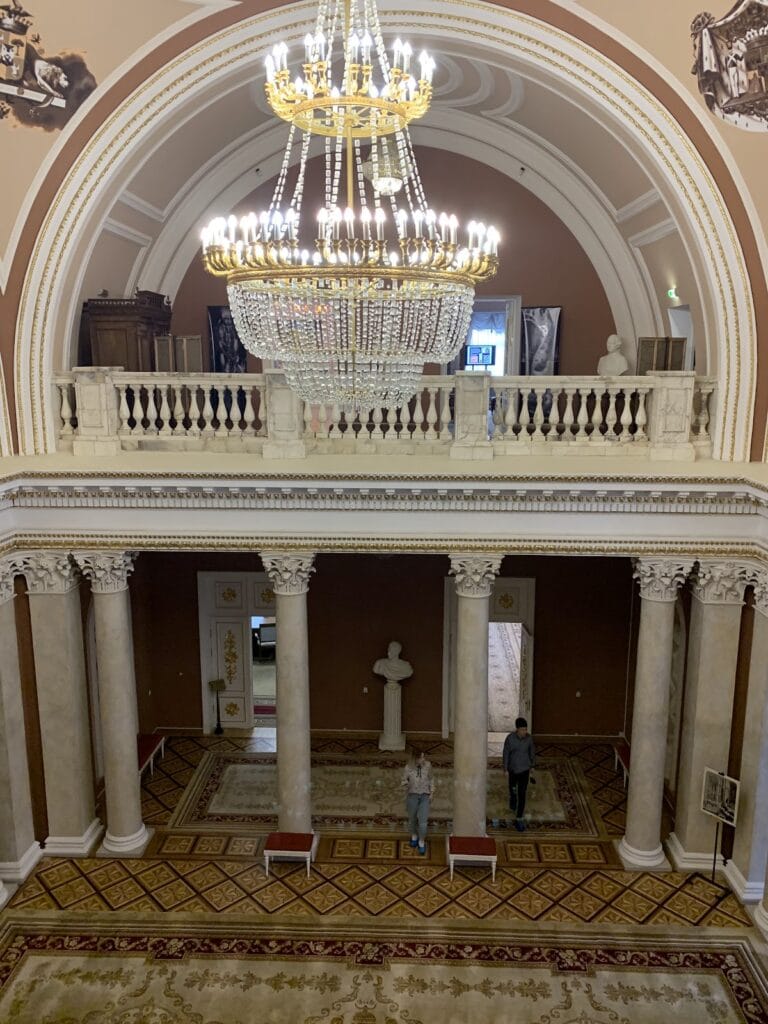Homel Castle: A Historic Fortified Seat in Belarus
Visitor Information
Google Rating: 4.8
Popularity: Medium
Google Maps: View on Google Maps
Official Website: www.palacegomel.by
Country: Belarus
Civilization: Unclassified
Remains: Military
History
Homel Castle was established in the city of Homel, within present-day Belarus, as a fortified seat built by the Grand Duchy of Lithuania. Its origins trace back to the late 1st millennium AD when the settlement first developed around a defensive citadel between the Sozh and Gomiy rivers.
During the 11th and 12th centuries, the stronghold consisted of an earthen rampart and wooden palisade that enclosed the detinets, or citadel, covering about 1.4 hectares. By the 12th century, stone structures appeared, signaling a transition toward a feudal castle complex. The wooden parts of the fortifications were destroyed by fire in the 13th century, yet the site continued to serve as a key defensive point.
From the early 14th century, Homel Castle marked the southeastern frontier of the Grand Duchy of Lithuania. It was part of a network of border fortresses tasked with defending the region known as Posozhye. Its strategic role grew as the area faced frequent raids by Crimean Tatars and other incursions.
The castle endured repeated sieges and repairs throughout the 16th century. Notably, in 1535, forces led by Grand Duke Sigismund I the Old besieged the fortress. Later, during the Livonian War between 1558 and 1583, Ivan IV’s troops briefly occupied the castle before it was reclaimed by Lithuanian forces. These episodes highlighted the fortress’s military importance during periods of regional conflict.
In the mid-17th century, amid the prolonged Russo-Polish War (1654–1667), Homel Castle faced a major siege by a 20,000-strong army under Hetman Ivan Zolotarenko. Despite strong resistance lasting over a month and a half, the defenders ultimately surrendered after their secret underground water supply was discovered and destroyed, leading to starvation and dehydration.
Throughout the 17th century, the castle remained a military hub, receiving reinforcements and supplies including gunpowder and ammunition from nearby towns and the Vilnius arsenal. In 1737, Prince Mikhail Chartoryisky undertook reconstruction, strengthening the wooden walls, towers, moats, and restoring the drawbridge to reinforce its defenses.
Following the Russian Empire’s annexation of eastern Belarus in 1772, the castle was granted to Count P. Rumyantsev. Records from 1780 show the fortress still surrounded by palisades, but soon after, its wooden defenses were dismantled and the earthworks leveled. Beginning in 1785, a stone palace was constructed on the site, now known as the Rumyantsev-Paskevich Palace, marking the end of the castle’s military function.
Remains
Archaeological investigations have confirmed that Homel Castle occupied an elongated oval area roughly 200 meters in length and 90 meters wide, encompassing about 1.3 hectares. This fortified enclosure featured a segment-like shape with a perimeter near 460 meters, strategically positioned on a high right bank overlooking the confluence of the Sozh River and the Gomiy stream.
The castle’s defenses combined natural and manmade elements. Steep slopes descending towards the rivers enhanced protection, while a broad defensive moat 30 to 35 meters wide separated the fortified area from the adjacent medieval settlement to the west and south. An earthen rampart, constructed from packed soil and shaped to present a formidable barrier, formed the foundation of the outer defense.
On top of the rampart stood wooden palisade walls built with multi-tiered towers that provided elevated positions for defenders. The walls included a fighting gallery—a covered walkway enabling soldiers to move along the ramparts safely while repelling attackers. To protect the timber from decay and fire, the wooden surfaces were coated in clay, a method that extended their durability.
The entrance featured a gate protected by a drawbridge, locally called a “vzvod,” which spanned the wide moat, controlling access to the fortress. A particularly notable defensive innovation was a secret underground passage that connected the interior of the castle to the Sozh River, designed to provide life-sustaining water during blockades and sieges.
Throughout its history, the castle’s fortifications underwent multiple repairs and reinforcements. Supplies such as saltpeter, gunpowder, lead, and bullets were periodically delivered by the grand ducal treasury, reflecting the site’s strategic importance. The 18th-century reconstruction led by Prince Chartoryisky included strengthening the wooden walls and towers, deepening the moats, and restoring the drawbridge, maintaining its status as a stronghold.
By the last years of its military use in 1780, the castle remained enclosed by wooden palisades before the structures were dismantled to make way for the stone palace built thereafter. Today, the archaeological footprint preserves the form and layout of this historically layered defensive complex that guarded a vital frontier for centuries.




